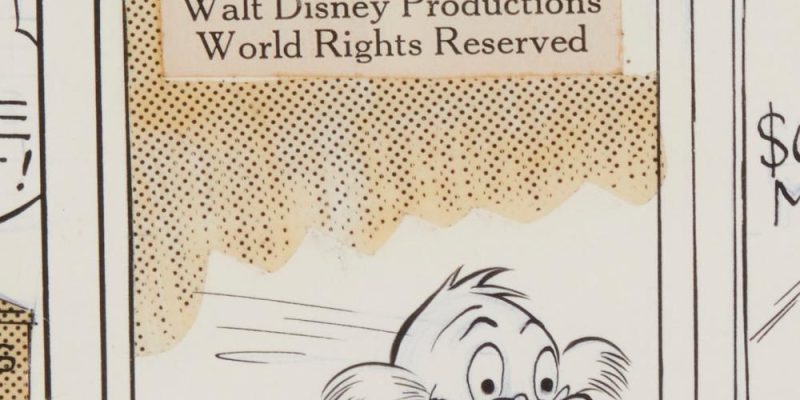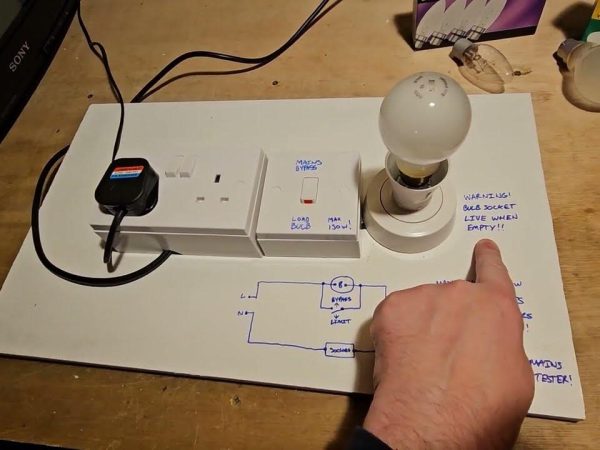Zipatone: The Legacy and Modern Alternatives of Screen-Tone Art

Zipatone, a brand of adhesive screen-tone sheets, revolutionized the design and illustration industry throughout the 20th century. These sheets allowed artists to add textures, shading, and gradients to black-and-white artwork without resorting to time-consuming manual techniques. Though Zipatone and similar products like Letratone are no longer in production, their impact persists in modern digital tools used in manga, comics, and graphic design. This article explores Zipatone’s origins, its use in traditional artwork, and how artists today achieve similar effects.
What Is Zipatone?
Zipatone was a transparent sheet with printed patterns like dots, lines, or textures. The sheet featured an adhesive backing, enabling artists to cut, peel, and apply specific sections to their artwork. This technique was primarily used for black-and-white illustrations to simulate grayscale shading without ink washes or intricate cross-hatching.
Key Features:
- Design flexibility: Patterns ranged from halftone dots to stippling textures.
- Time-saving: Artists avoided hours of manual shading.
- Precision: Uniform patterns ensured consistent gradients and textures.
Commonly seen in comic books, Zipatone offered an affordable and efficient way to add depth to illustrations.
The History of Zipatone
Introduced in the mid-20th century, Zipatone became a go-to tool for commercial illustrators, graphic designers, and comic book artists. Its rise coincided with the Golden Age of Comics, where artists embraced halftone techniques to meet high-demand publishing schedules.
Other similar brands like Letratone and Chartpak competed in the market, but Zipatone’s versatility made it particularly iconic.
Why It Disappeared:
- The advent of digital design software like Adobe Photoshop and Clip Studio Paint made physical screen tones obsolete.
- Zipatone production ceased as artists transitioned to digital workflows in the late 20th century.
Despite its disappearance, Zipatone remains a nostalgic and influential tool for many artists, often referenced in modern comic art.
How Was Zipatone Used?
Zipatone sheets were incredibly versatile, allowing artists to simulate gradients, shadows, and textures in black-and-white prints.
In Comics
Comic artists, particularly in the Silver Age, used Zipatone to create halftone effects. For example:
- Gradients: Halftone dots arranged in varying densities mimicked depth and light effects.
- Shadows and Patterns: Artists applied textures to define dramatic lighting.
In Advertising and Design
Zipatone sheets offered an efficient way to produce graphic art, especially in advertisements, magazines, and posters, where grayscale prints were common.
Modern Alternatives to Zipatone
Although physical Zipatone sheets are no longer produced, digital screen tones allow artists to replicate the classic look.
Tools and Software:
- Clip Studio Paint: Offers pre-made screen tones and tools to customize patterns digitally.
- Photoshop: Designers use halftone brushes and patterns to achieve similar effects.
- Procreate: Artists employ screen-tone brushes for iPad illustrations.
These digital tools offer advantages like scalability, ease of editing, and faster workflows while preserving the iconic look of Zipatone art.
Where to Find Digital Zipatone Brushes
Many artists recreate vintage Zipatone effects using digital brushes or downloadable pattern packs available online. Clip Studio Paint, for example, supports tone layering while preventing moiré patterns that often plagued traditional screen tones.
Why Zipatone Still Matters Today
Though obsolete as a physical product, Zipatone’s legacy endures as a cornerstone of comic and design history. Its influence can be seen in:
- Manga Art: Screen tones remain integral in Japanese manga illustrations.
- Retro Design Trends: The halftone effect is popular in vintage-inspired digital art.
- Contemporary Comics: Artists often incorporate Zipatone-like patterns to achieve a nostalgic aesthetic.
Movies like Spider-Man: Into the Spider-Verse even highlight halftone effects to pay homage to vintage comic book styles.
Conclusion
Zipatone played a pivotal role in shaping comic art, graphic design, and advertising in the 20th century. While traditional Zipatone sheets have vanished, their legacy lives on through digital alternatives, inspiring modern artists to recreate its timeless aesthetic. Whether you’re creating manga, comics, or retro designs, embracing Zipatone’s techniques can add depth and character to your work.
FAQs
1.What is Zipatone?
Zipatone was an adhesive screen-tone sheet featuring printed patterns like dots and lines, used for shading and texture in artwork.
2.Why is Zipatone no longer available?
With the rise of digital tools like Photoshop and Clip Studio Paint, Zipatone became obsolete, leading to discontinued production.
3.How do modern artists replicate Zipatone effects?
Digital software offers screen-tone brushes, halftone patterns, and customizable tools that mimic traditional Zipatone.
4.What is the difference between Zipatone and halftones?
Zipatone refers to pre-printed adhesive sheets, while halftones are a printing process that creates gradients using dot patterns.
5.Where can I find digital Zipatone tools?
Platforms like Clip Studio Paint, Photoshop, and Procreate offer screen-tone tools, brushes, and downloadable resources for artists.
Also read: Is Dubai Worth Visiting? 7 Experiences That Make It Unforgettable











